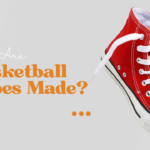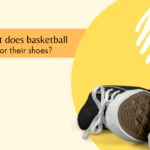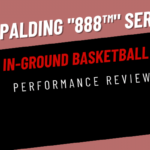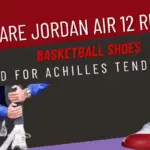Finding the perfect fit for shoes can be a daunting task. Knowing if shoes are too large is essential for comfort, performance, and style. Being equipped with the right knowledge can make sure your feet stay happy and healthy at all times. This article will discuss how to tell if shoes are too big and what measures you can take to ensure a good fit. We will also examine the implications of wearing oversized shoes and how it affects foot health.
Signs Of Too-Big Shoes
Wearing the wrong size shoe can cause blisters and other foot-related issues, so learning the signs of too-big shoes is vital.
Check The Heel
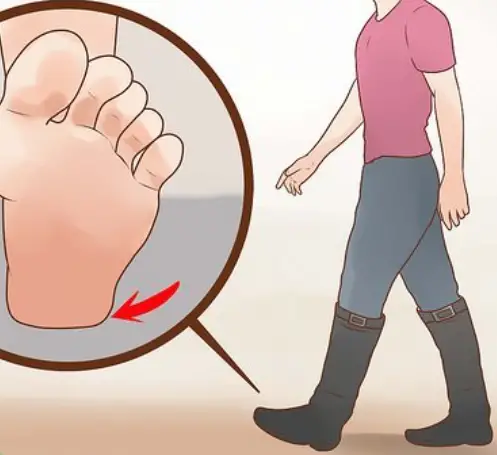
Too big shoes can cause slipping at the heel, which may lead to blisters and other discomforts as you walk. To avoid this issue, look at how tightly the shoe fits around your heel when standing in them. If there is any space between your heel and the back of the shoe, it is likely too large for you.
Pay Attention To Toe Space
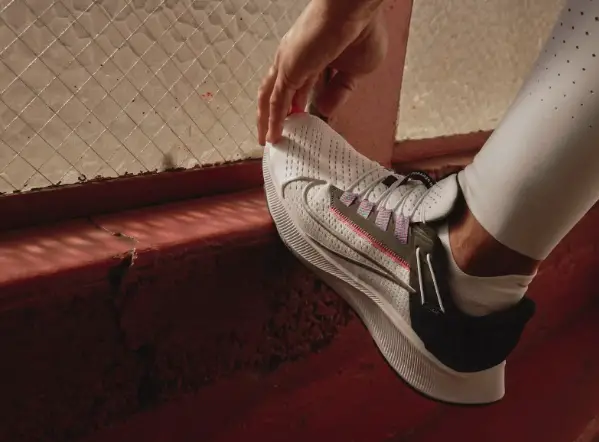
Ensure your toes have enough room to move freely. If the shoe is too long or wide for your foot, there won’t be enough space for your toes, and they will feel cramped or squished when you walk in them. Over time, this can cause serious problems such as blisters, calluses, and bunions.
Evaluate Overall Comfort
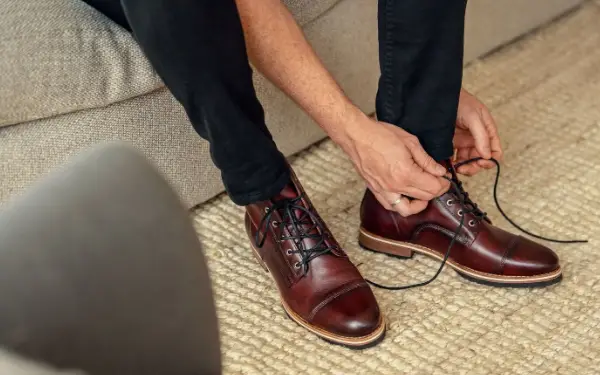
When trying on shoes, it’s critical to consider how the shoe edges feel against your feet. If there are any ridges or bumps along the sides of your foot, this could be an indication that they don’t fit properly. It’s also important to look at where your toes are positioned within the shoe; if they’re squished up against one side or curled towards each other, this would also suggest that they’re too big.
Walk Around In Them
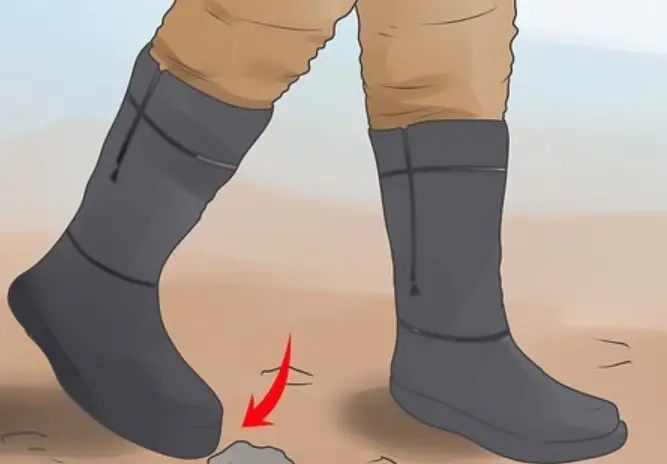
Walking around in them is the best way to tell if a shoe fits correctly. Try out different surfaces and see how the shoe feels on each one. These are all signs you need to try on a different size or style of shoe. While walking, pay attention to the arch support – does your footfall flat or have ample arch support?
What To Do When Shoes Are Too Big?
Wear Thick Socks
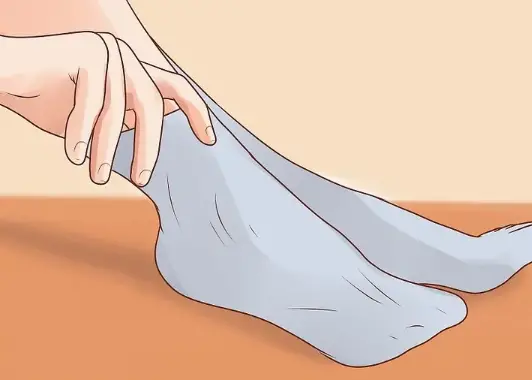
One of the simplest ways to fill in the extra room in your shoes is by wearing thick socks or multiple pairs of thinner socks. This will help take up some space and make walking more comfortable.
Using Newspapers/Tissues As Fillers
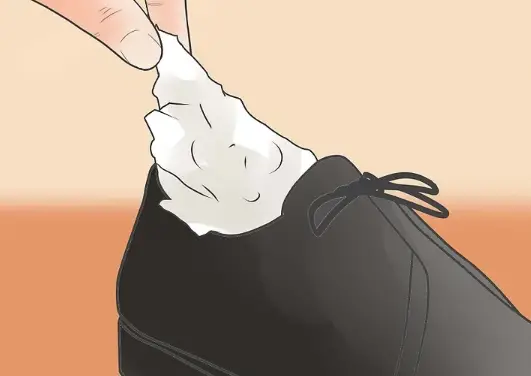
If you’re looking for a quick fix, try using newspapers or tissues as fillers between your foot and shoe. The paper will provide a temporary cushion and support.
Use An Insole

Insoles come in various sizes and designs, so it’s important to find one that fits both your foot shape and shoe size properly for maximum comfort during wear.
Heel Strips And Footpads
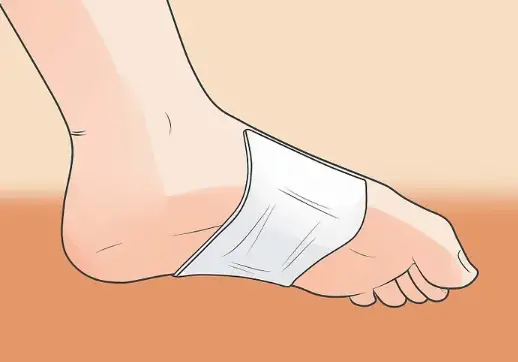
Heel strips help to keep the back of your shoe snug against your heel and prevent slipping, while footpads provide cushioning in the toe area so that your feet don’t slide around as much. These items can be easily purchased online or from most shoe stores.
What Happens When You Wear Shoes That Are Too Big?
Slipping/ Falling
The most common problem when wearing shoes too large is slipping and falling. This can cause serious injuries such as sprains, broken bones, or head trauma. Shoes should fit snugly around the heel and arch without rubbing against any areas; if they’re too large, they won’t provide enough support while walking, which increases your risk of slips and falls.
Metatarsalgia
Wearing too big of shoes will cause them to rub against your skin with each step, creating an uncomfortable feeling and putting additional strain on your feet. Not only will this diminish the quality of your daily activities, but it could also lead to more serious injuries such as metatarsalgia.
Blisters
A common result of wearing poorly fitting shoes is the development of blisters on your heel or toes. Blisters occur when skin rubs against fabric or material that’s too big or doesn’t fit properly.
Foot Corn
Foot corns and calluses are caused by constant rubbing from oversized shoes, so the body has to work extra hard to move around inside them.
The Decrease In Athletic Performances
Wearing shoes that are too big can also lead to a decrease in overall athletic performance. Studies conducted by experts in sports medicine have proven that wearing shoes that are too large for an individual’s foot size is directly linked to a reduction in their sprinting speed, balance, and agility.
How Do I Make Sure My Shoe Size Is Right?
Measure your foot with a Brannock device or ruler. This will give you an accurate measurement to order the right shoe size online or when shopping in-store. It’s also important to know what type of foot shape you have (such as wide or narrow). Knowing this will help ensure that your shoes are comfortable and don’t feel too tight or loose on your foot.
How Much Room Should Be At The Top Of A Shoe?
When standing in them, you should leave approximately one finger width of room between your longest toe and the end of the shoe. If you have more than one finger width worth of space, your shoes may be too large for your feet’ size and shape.

Conclusion:
It is important to ensure that your shoes fit correctly, as it can prevent several problems, such as blisters, bunions, and plantar fasciitis. To ensure shoes fit properly, you should check the length and width, walk around in them, and test if they are too big by performing the “heel-lift” or “toe-push” tests.

Clyde Jackson III is a basketball coach and the founder of GCBC Basketball, a basketball-related learning and informational website that focuses on helping young players develop their skills on and off the court. With over 15 years of coaching experience, Clyde has worked with players of all ages and skill levels, from beginners to professionals.




